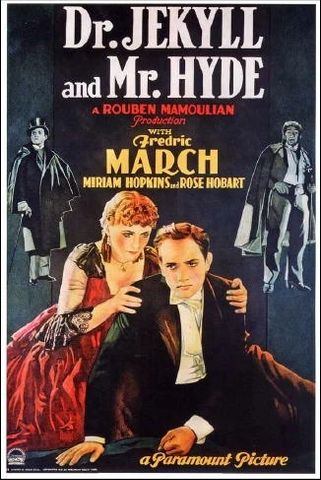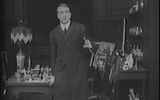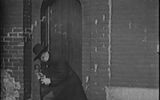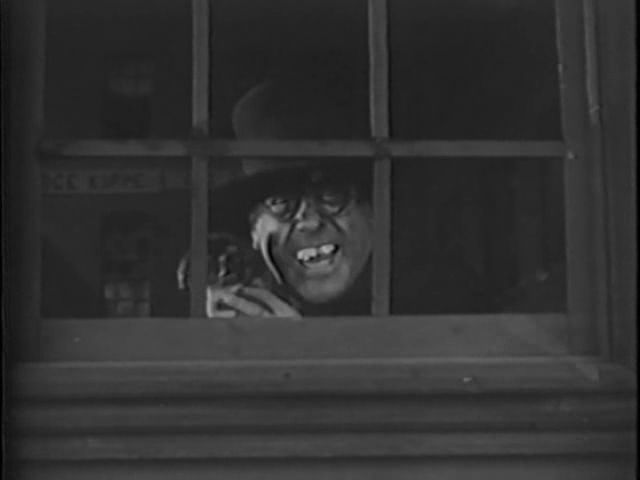SPOILERS

| Added | Sun, 31/01/2021 |
| Release date | 06-03-1913
|
| Original title | Dr. Jekyll and Mr. Hyde
|
| Феномены | |
| References |
Dr. Jekyll and Mr. Hyde (English: Dr. Jekyll and Mr. Hyde) is a 1913 American horror film directed by Herbert Brenon. The film is an adaptation of the novel of the same name by Robert Louis Stevenson.
As was customary in many films of the time, the actors themselves made the makeup for their characters, King Baggot created memorable images of Jekyll and Hyde. The effective use of makeup amazed the audience.
This is the only film adaptation of Stevenson's famous work in which Jekyll almost discovers the antidote.
Dr. Henry Jekyll sends a note to his fiancee Alice and her father to tell them that he will not be able to accompany them to the opera, as he must devote time to patients at a charity clinic. Jekyll's friends Dr. Lanyon and lawyer Watterson ridicule him for his dangerous research. Alice and her father also visit the Jekyll clinic, but the doctor apologizes and insists that he must devote time to his patients. That same night, Jekyll conducts a dangerous experiment by ingesting drugs designed to free his evil self. Jekyll's body shudders and turns into a hunched figure.
A strange creature comes out of Jekyll's room with a note written in the doctor's handwriting. In it, the home staff is instructed to treat a stranger ("Mr. Hyde") like Jekyll himself. Hyde then escapes into the night and terrorizes the patrons of a nearby tavern, after which he rents a room for the night. In this room he lives, until one night he attacks a disabled child and injures him. Outraged witnesses corner Hyde and force him to pay compensation to the boy's parents. Hyde reluctantly brings one man back to Jekyll's house and gives him the money. Meanwhile, a worried Dr. Watterson sees Hyde enter Jekyll's house. Inside, Hyde takes a potion that turns him back into Jekyll. The doctor swears that he will give up experimenting and never tempt fate again; but that night, he spontaneously transforms into Hyde without taking the drug.
When the ingredients for the antidote run out, Jekyll is unable to return to his original form and dies. After death, he becomes himself again.
Phenomena in artwork: Werewolf
Dr. Jekyll transforms into Mr. Hyde by taking an elixir of his own making. Hyde is the epitome of Jekyll's inner evil, which is emphasized by his appearance: unlike the tall, gray-haired doctor, his alter ego is a squat, dark-haired man with a disfigured face. Hyde's arms and legs are constantly twisted and do not obey him well. Coordination of movements is broken: he constantly drops things, stumbles, falls, etc. At the same time, Hyde retains the memory of Jekyll, and their handwriting can not be distinguished even by relatives.
Unlike the good Jekyll, who works for free in a clinic for the poor, Hyde has an evil temper and attacks people, including disabled children, for no reason.
In order to return to the form of Jekyll, Hyde needs to drink the antidote. Unlike other films, the antidote looks different than the elixir, which has a direct effect. After the first dose of the elixir, Jekyll is horrified by what he has done in the guise of Hyde and vows never to challenge nature again, but soon begins to turn into Hyde spontaneously, without taking the drug. The duration of the antidote decreases over time.
When the ingredients for the antidote run out, Jekyll is unable to return to his original form and dies. After death, he becomes himself again.
Log in or register to post comments







